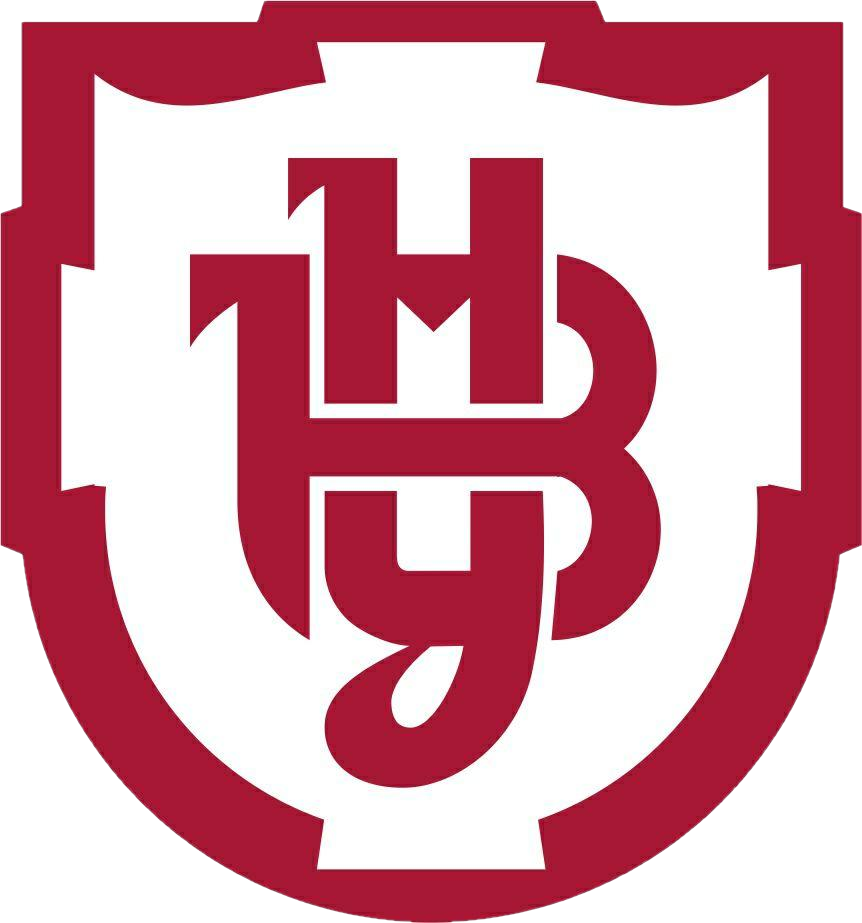PECULIARITIES OF THE PLOT AND THEMATIC REPRESENTATION OF THE PROBLEM OF NATIONAL IDENTITY IN CONTEMPORARY HISTORICAL FEATURE FILMS OF UKRAINE
DOI:
https://doi.org/10.32782/facs-2024-6-29Keywords:
Ukrainian cinema, visual language of film, national images and symbols in Ukrainian cinema, historical films, plot and thematic representation, national identity, stages of film development, semiotic analysisAbstract
The purpose of this article is to analyze the thematic and plot representation of the issue of national identity in contemporary historical feature films of Ukraine The methodology is grounded in the principles of historicism and objectivity. Specific methods of analysis employed include the historical-chronological method, the method of periodization, and the method of semiotic analysis. Scientific novelty. This article presents a contemporary perspective on the plot and thematic repertoire of Ukrainian historical feature films. The periodization is structured based on criteria such as reference to historical periods and the methods of representing historical content through the artistic means of cinematic language. Conclusions. Historical time in screen narratives and the representation of history in feature films exhibit diverse typological models of embodiment within the plot and thematic repertoire. In the context of the analyzed films, it is essential to identify typical genre situations in the Ukrainian feature film repertoire that are more representative than specific types in the traditional taxonomic sense. The key genre situations include the following: 1) when an intermediary (primarily a literary work) exists between history and cinema, regulating the models of interaction between cinematic and literary contexts; 2) when history in cinema (in either a personalized or generalized form) functions as an independent and defined “protagonist,” possessing all the necessary attributes of an active character; 3) when the past is categorized by historical scale and perspective, and two forms of time are harmonized through appropriate representational techniques: (a) the historical time of the film narrative and (b) the screen time of cinematic storytelling; 4) when history assumes its own form of existence, which inherently establishes the norms of interaction between the historical background, cinematic rhetoric, and the expressive means of representing the past.
References
Бреславець Г. Особливості музичної драматургії А. Загайкевич (на матеріалі музики до кінофільму «Мамай»). Культура України. 2012. Вип. 38. С. 166–174.
Брюховецька Л. Богдан Зиновій Хмельницький. Кіно-Театр / Києво-Могилянська академія. 2003. № 3. С. 28–29.
Брюховецька Л. Давня і сучасна Україна в кіно Польщі / Лариса Брюховецька. Кіно-Театр / Києво-Могилянська академія. 2016. № 3. C. 15–18.
Брюховецька Л. Контроверсійне кіно. Кіно-Театр / Києво-Могилянська академія. 2003. № 2. С. 36–37.
Брюховецька Л. Мамай. Кіно-Театр / Києво-Могилянська академія. 2003. № 4. С. 38–42.
Брюховецька О. Українське поетичне кіно в контексті національного питання в СРСР. Наукові записки НаУКМА. Теорія та історія культури, 2012. № 127. С. 40–45.
Грабович І. Суперечливе та сюрреалістичне українське кіно грудня-січня 2020 року. ДетекторМедіа. 6.02.2021 / URL: https://is.gd/Th1Uv9 (дата звернення: 20.12.2024).
Демиденко М. В., Мархайчук Н. В. Візуальна репрезентація історичного простору в українському ігровому кіно (2000–2020 рр.). Українська культура: минуле, сучасне, шляхи розвитку. Напрям: культурологія : зб. наук. пр. / Рівнен. держ. гуманітар. ун-т, Ін-т культурології, Нац. акад. мистецтв України. Рівне, 2024. Вип. 48. С. 256–264.
Демиденко М. (2022). Національні образи та символи у візуальній мові українського кінематографа в роботах зарубіжних дослідників. Збірник наукових праць СУЧАСНЕ МИСТЕЦТВО, (18), 141–150.
Джон Вінн (John Wynn). Фільмографія режисера, сценарні твори, акторська робота / URL: https://ua.kinorium.com/name/5007646/?page=1 (дата звернення: 20.12.2024).
Єпик Д. Реалізація принципу історичної достовірності в українському кінематографі XXI ст. Культурологічний альманах. 2024. № 2. С. 351–358.
Капралова А. Про Мазепу з любов’ю: розбираємо провокативну класику Юрія Іллєнка. Пломінь. 27.06.2022 / URL: https://plomin.club/mazepa/ (дата звернення: 20.12.2024).
Мамай. Довженко-Центр. 2023 р. / URL: https://dovzhenkocentre.org/top-100/mamay/ (дата звернення: 20.12.2024).
Олесь Санін: Хто боїться Мамая? Українська правда. 3.03.2003 / URL: https://www.pravda.com.ua/rus/articles/2003/03/3/4371854/ (дата звернення: 20.12.2024).
Сеітаблаєв А. «Я відкрив для себе багато емоцій всередині «Захара Беркута» / URL: https://www.ukrinform.ua/rubric-culture/2796421-seitablaev-a-vidkriv-dla-sebe-bagato-emocij-vseredini-zahara-berkuta.html (дата звернення: 20.12.2024).
Стрельбицька О. Рецензія на фільм «Захар Беркут». URL: https://www.kinofilms.ua/news/19372/ (дата звернення: 20.12.2024).
Христан Н. «Князь Данило» vs «Король Данило»: кінообраз Данила Романовича в українському культурному просторі. Історичні і політологічні дослідження. 2021. № 2. С. 11–19.
Художній фільм «Гетьманські клейноди» (1993 р.) / URL: https://www.youtube.com/watch?v=81XAfdWq378 (дата звернення: 20.12.2024).
Wollen, P. Signs and Meaning in the Cinema. Bloomsbury Publishing. In Patrick Colm Hogan (ed.), The Cambridge Encyclopaedia of the Language Sciences. Cambridge, U.K: Cambridge University Press. 2019. Р. 367–368.







